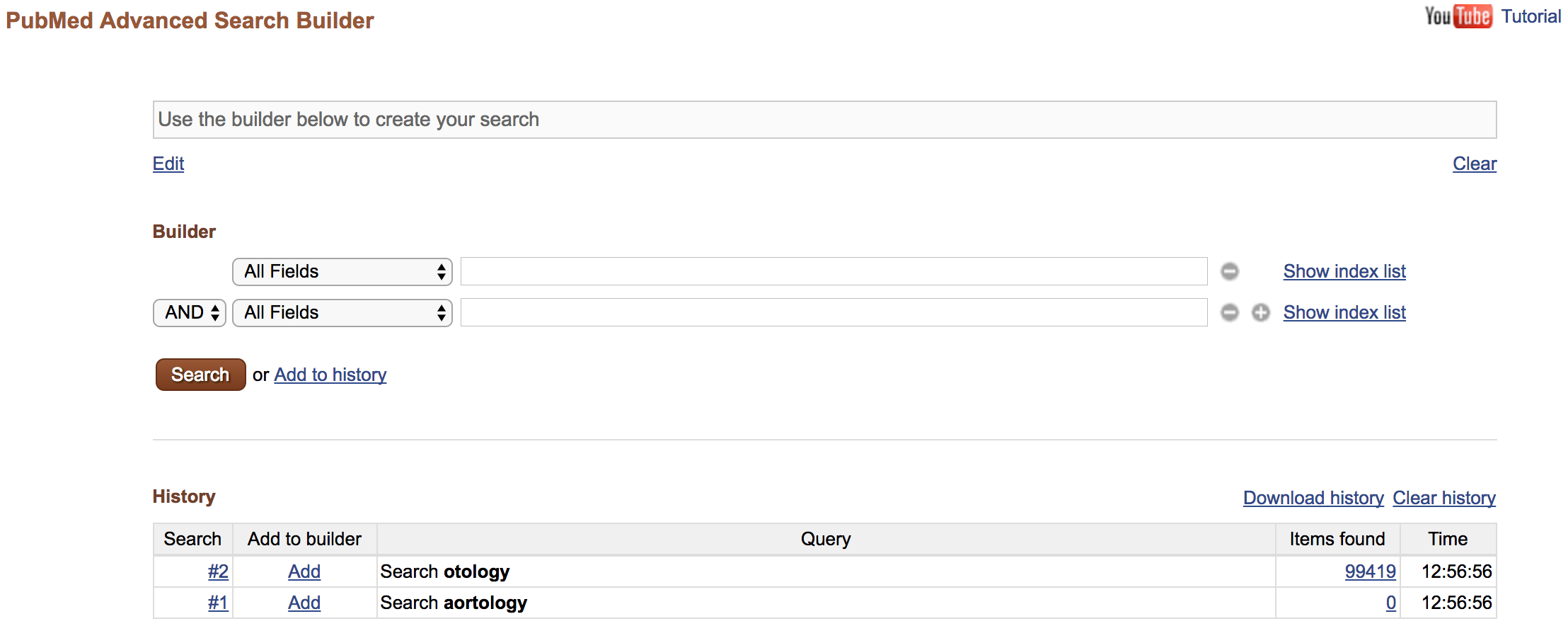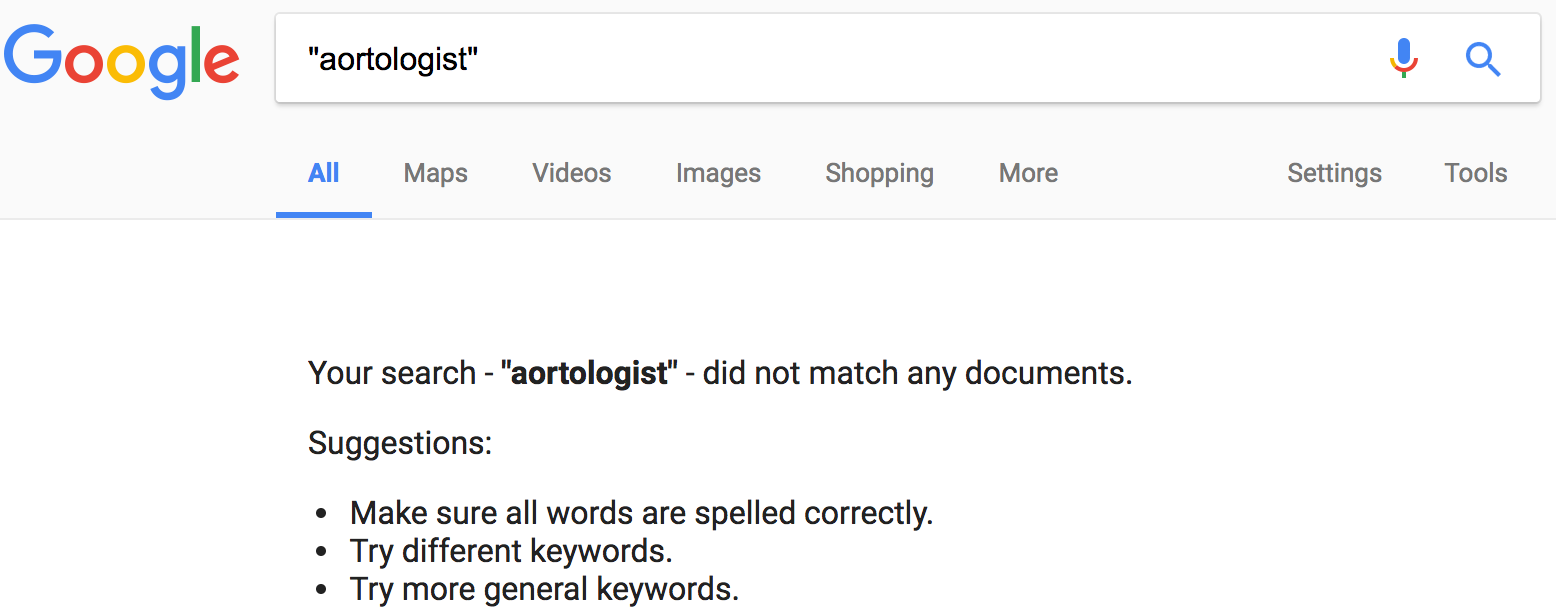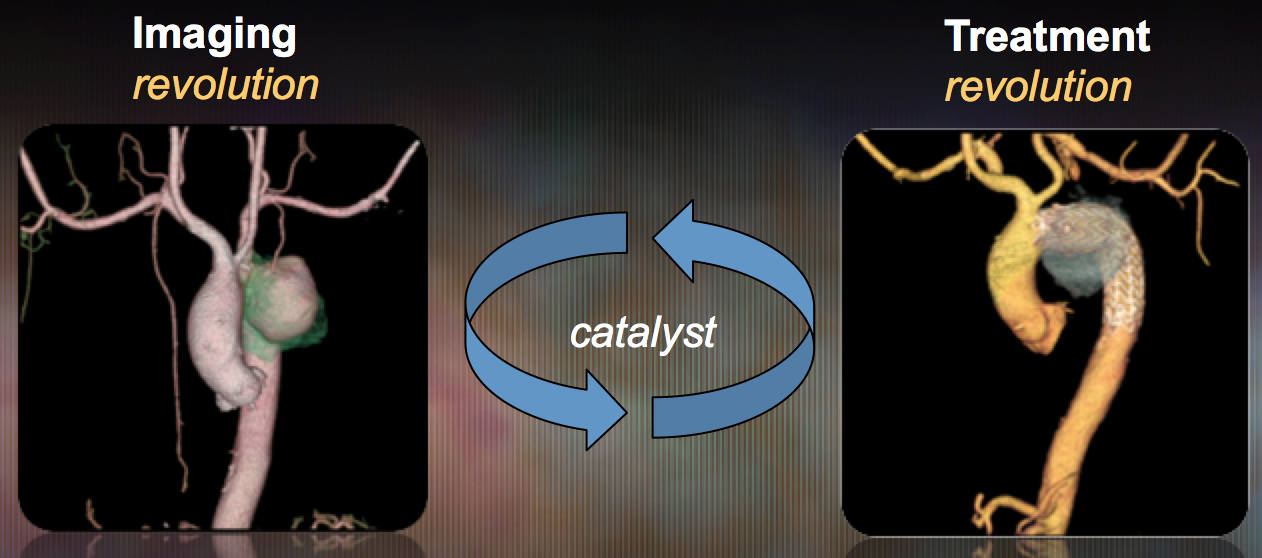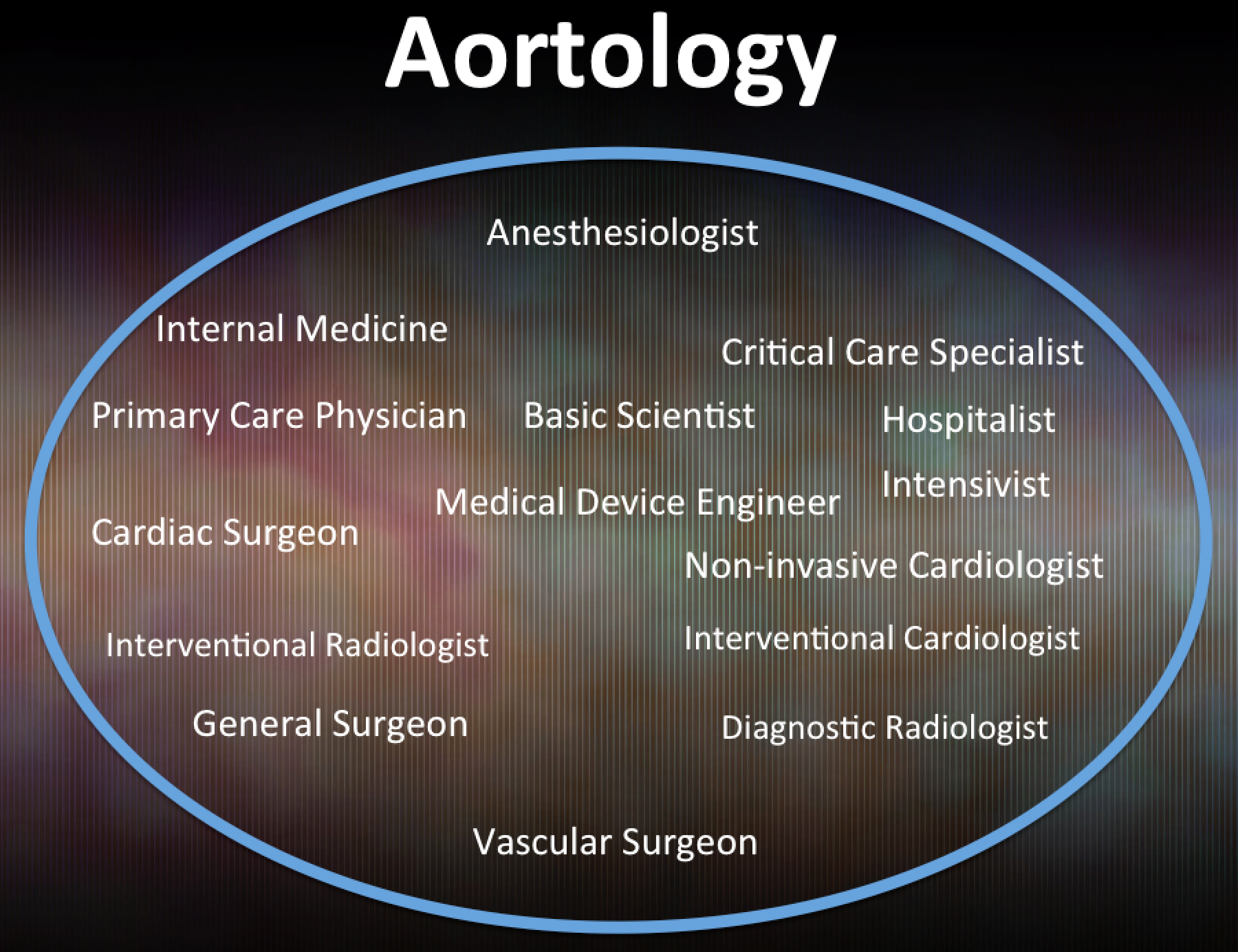Aortology: The New Science of Aortic Disease and Treatment
Everything has its beauty, but not everyone sees it.
— Confucius
Editor’s Note: This is not the original blog post that I had intended to provide for you, but I am compelled to share this “big picture” discussion with you as a way of helping everyone appreciate the current state of affairs regarding the aorta in modern medicine.
Introduction
I want to take a step back with you, for a moment, and depart from the usual focus of many of our typical posts on badaorta.com, which have frequently focused on a particular disease state of the aorta and its associated management options and introduce a new concept: Aortology.
Today, instead, I want to discuss the emerging field, as a whole, as it relates to the diagnosis of aortic disease and treatments.
Most importantly, I want to better define for you the specialty of “Aortology”. If you do a Google search (as of February 5, 2017), you will find no more than 4 or 5 meaningful references to the word “Aortology” in the entire world literature (public or academic).

For those academic types, by the way, there are currently are no references to the term “Aortology” according to pubmed.com. The closest that pubmed.com can come up with is “otology” which is the study of ear related topics.

I also want to introduce, for the first time, on badaorta.com, the concept and term “Aortologist”. Again, if you do a Google search (as of February 5, 2017), there are no current references or hits relating to the term “Aortologist”. As such, I believe this is the first published citation in the world literature of the term and concept of an Aortologist - which I will subsequently define.
Historical Origins of Aortology
First of all, no discussion of the aorta would be complete without a reminder that we can all trace the beginnings of this rapidly growing field to a few early pioneers.
Dr. Michael DeBakey
Aortology - the broad field of study relating to the human aorta; 1) with a fundamental appreciation that the aorta is one continuous organ from aortic valve annulus to the aortic bifurcation, with the understanding that the natural and biological processes within the human body which act upon the aorta can affect the entire aortic tree, and 2) multiple specialist from diverse medical and surgical backgrounds are involved in the care of patients with aortic diseases.
Aortologist - Any proceduralist (surgeon or non-surgeon) who intervenes on the aorta for the treatment of a diverse array of aortic diseases.
Maybe I should crowd-source these definitions. If you have other ideas, or modifications of my definitions, please feel free to share them in the comments section of this blog.
What does this all mean?
We are in the midst of an exciting renaissance surrounding the diagnosis, care, treatment and prevention of aortic diseases.
I go around the world presenting and educating students, residents and physicians about new innovations in the understanding and treatment of aortic diseases.
One of the common themes to all of my lectures and presentations, is that the core of the field of Aortology and the renaissance in interest in the aorta is radiographic imaging.

The concept here being that we are in a positive feedback look. The better we can image and understand the aorta from new and more detailed perspectives, the better we can treat aortic diseases. Advances in aortic treatments lead to continued advancements in imaging the aorta. And so forth…
Aortology represents the ultimate culmination of the entire body of work regarding the aorta that has been developed by countless scientists, engineers, clinicians, surgeons and interventionalists across the world.

Most importantly, there is no one medical or surgical speciality which “owns” the aorta. Aortology involves input and expertise from an incredible range of professionals and scientists, including (not not limited to): basic scientists, medical device engineers, Cardiac Surgeons, Vascular Surgeons, General Surgeons, Non-invasive Cardiologists, Interventional Cardiologists, Diagnostic Radiologists, Interventional Radiologists, Primary Care Physicians, Internal Medicine Physicians, Hospitalists, Cardiac Anesthesiologists, Anesthesiologists, Nurse Anesthetists, Critical Care Specialists, Intensivists and the list goes on and on….
What this means is that that there is no special gate keeper to the field of Aortology and that the barrier to entry is as simple as an interest in the aorta.
There are a diverse range of specialists in the field of Aortology, who each benefit from the other’s unique clinical and scientific perspectives.
The real winner in all of this: patients with aortic diseases.
The Road Ahead
We are seeing an explosion in the number of research publications relating to the aorta.
Aortologists who are immersed in the field are constantly developing new treatments on a daily basis for a host of complex aortic problems and are continuing to refine current surgeries and endovascular approaches.
We are entering a golden age in the treatment and understanding of aortic disease.
Basic scientists are helping us understand at the molecular and genetic level new insights into what contributes to aortic disease.
Medical device engineers are continually striving to develop new endovascular and hybrid technologies which can revolutionize aortic procedures.
Most of us in the field of Aortology believe, at some level, that we are quickly approaching a new breakthrough in the field which will open new options for patients.
Of course, a great deal of research and clinical trials and discussion will be needed to get Aortology to the next great innovation, but the process is well underway.
In a future post, I will discuss in more detail many of the foundational building blocks underpinning the field of Aortology, including the Cardiovascular Center of Excellence model.
Feel free to share your comments and thoughts in the comments section below this blog.
For more information about the aorta and its treatments, feel free to check out my other website.
Was this post informative?
Subscribe to my newsletter to learn more about the aorta, its diseases, and how to treat them.
Comments
Share your thoughts below — I try to get back to as many comments as possible.